Dec
24
2011
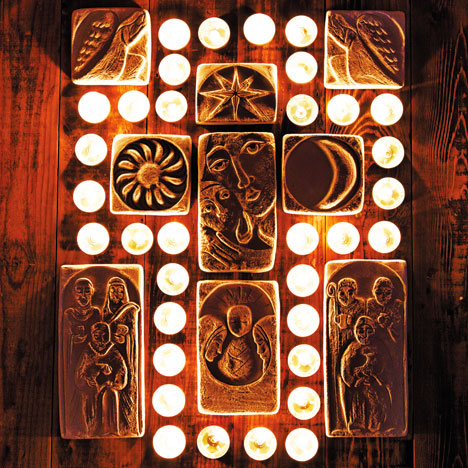
The Literary Structure of Luke 2
God loves architecture. He starts with a Garden, moves to stone, then to flesh. Should it surprise us that the Nativity and the events surrounding it follow the same patterns as the Tabernacle and the Creation week?
Continue reading
Comments Off | tags: AD70, Christmas, Covenant Theology, Feasts, Literary Structure, Luke | posted in Bible Matrix, Biblical Theology
Dec
11
2011
“So David (Sabbath – Creation)
Continue reading
Comments Off | tags: Abel, Atonement, Cain, David, Feasts, Genesis, High Priest, Samuel | posted in Bible Matrix
Dec
9
2011
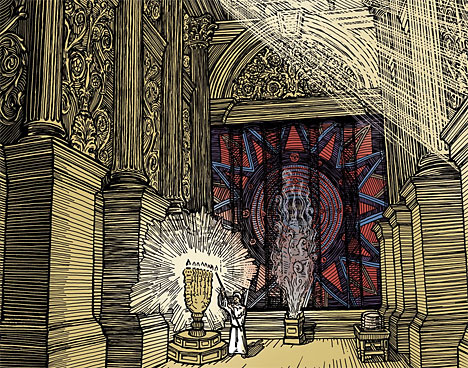
The Living Dead and the Dead Living
Creation: In part 1 we saw that the theme of the first stanza of 2 Thessalonians 2 was the “Sabbath” rest of the church. Paul writes to remove the alarm caused by the “conspiracy theorists” who attempted to disturb it.
Division: The second stanza concerned the splitting of the church into two — those who would persevere despite the growing threat of tribulation throughout the empire [1], and those who would succumb to their fears. The attacks would culminate in the completion of Herod’s Temple and the Nero’s burning of Rome in AD64. The first threw doubt upon the words of Christ concerning the Temple, and the second, though hardly believed, was an excuse to scapegoat this new Jew-Gentile sect, now legally separated from the protection afforded to Jews by Rome. The gospel tore Judaism in two. Then it united those believing Jews with Gentiles. But as in the wilderness, new Israel would be threshed and purified.
Continue reading
Comments Off | tags: AD70, Atonement, Booths, Dispensationalism, Feasts, James Jordan, Literary Structure, Paul, Ray Sutton, Revelation, Ten Commandments, Thessalonians | posted in Bible Matrix, Biblical Theology, The Last Days
Nov
7
2011
or A Dream Within the Dream

One of the hyperpreterist/full preterist [1] gents made a keen observation after reading my article Covenant is the Key: Moses vs. Hyperpreterism. My argument was that since the Revelation follows the Covenant structure laid down in the Torah (and echoed throughout the Bible), we should expect the final section of the book to concern the future, otherwise known as Continuity or Succession.
The counterargument was that this section did concern the future when John wrote the book, but that we are living beyond that future now, and there is no final event or consummation. The only consummation was AD70.
This is a really good argument, but it does two things. Firstly, it makes nonsense of their own argument that Revelation 20 is another viewpoint of the events surrounding the end of Judaism in AD70. Also, it fails to take into account the structure and contents of Revelation 20 itself.
Continue reading
3 comments | tags: Against Hyperpreterism, Covenant Theology, Feasts, Literary Structure, Millennium, Postmillennialism, Revelation, Revelation 20 | posted in Against Hyperpreterism, Bible Matrix, Biblical Theology, Ethics, The Last Days, The Restoration Era
Oct
15
2011
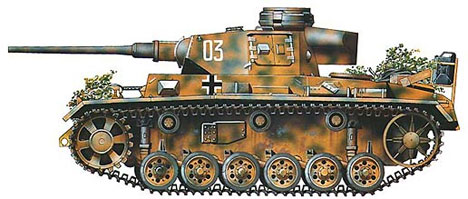 or Mike follows the tracks of the Apostle Peter’s stanza panzer
or Mike follows the tracks of the Apostle Peter’s stanza panzer
Few passages have caused as much discussion as the one concerning “the spirits in prison” in 1 Peter 3. It’s also one of the few texts where I found that not a single one of the explanations offered was satisfactory. Well, I’ve run the matrix over it, and I reckon I’ve solved it.
Continue reading
4 comments | tags: Atonement, Feasts, Firstfruits, Literary Structure, Noah, Peter, Revelation, Revelation 20 | posted in Bible Matrix, Biblical Theology
Sep
5
2011
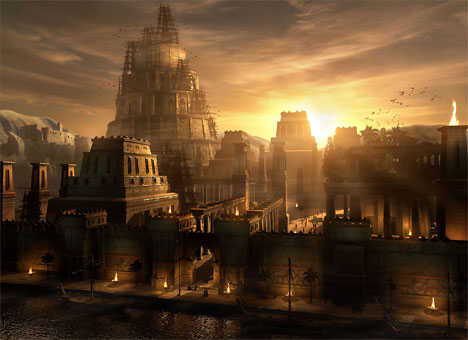
Joel 2: 1-11
Into Joel again, and he knows nothing of our chapter divisions. At least the chapter break occurs at the end of an obvious stanza. We are still within Ethics 3, so this is the Trumpets stanza of a Trumpets cycle (aren’t fractals fantastic?) It’s a bit like that movie Inception — as the prophecy moves forward, each step is expanded to further level of structure, a dream within a dream. In this case, it is a multi-level nightmare, a brewing, billowing thundercloud. [1]
Jerusalem had become a new Babel, so God raised up a real Babel in order to overrun the Land and swallow her up. Joel uses the Creation, Dominion and Feasts structures but applies them to the invading Babylonians in ironies that would go over our head — if we weren’t familiar with these literary devices!
Continue reading
Comments Off | tags: Babylon, Feasts, Joel, Literary Structure, Minor Prophets, Trumpets | posted in Bible Matrix, Biblical Theology
Sep
4
2011
Here’s the feast/Covenant structure in the doxology that appears near the end of the book of Hebrews:
Continue reading
Comments Off | tags: Feasts, Hebrews | posted in Bible Matrix, Biblical Theology
Aug
23
2011
or Feasts in Joel 1

The prophets were God’s “Covenant sheriffs,” hammering on the door with the broken contract like repo men from hell. They don’t want your car. They want your blood.
It should not surprise us when their words follow the Covenant structure. The first chapter of Joel is, once you know what you are looking at, a beauty and a terror. The prophet uses the Annual Feasts as a theme. It turns out that the Lord’s rebellious people will be the meat on the table.
Continue reading
Comments Off | tags: Feasts, Joel, Literary Structure, Minor Prophets, Systematic typology, Tabernacle, Tabernacles | posted in Bible Matrix, Ethics
Jul
13
2011
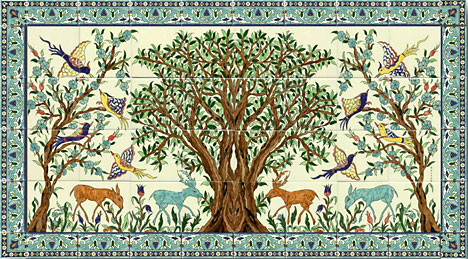
Does Christ’s exhortation to His disciples in John 15 to remain in Him allow for the possibility of unregenerate New Covenant members?
Doug Wilson writes:
“For many Christians, [John 15:1-6] is a ‘problem passage.’ We want Christ to use a different figure. We want Him to be the Marble Box, with us as the individual marbles. When we are saved, we are put into the Marble Box, and we had better watch it, or we might find ourselves taken out of the Marble Box, losing our salvation. Or, if we know that salvation is not a possession of ours, which we could lose, we want the Marble Box to have a great big lock on it, and to be full of elect, non-loseable marbles” (To a Thousand Generations, p. 84).
We agree that the truly elect cannot be lost. We also agree that not all of the Old Covenant people were truly elect. But can we import this “not all Israel are Israel” into the New Covenant order?
Continue reading
3 comments | tags: Baptism, Doug Wilson, Feasts, John Bunyan, Paul, Romans, Tabernacles | posted in Biblical Theology, The Last Days
Jun
8
2011

The debate over infant baptism at Doug Wilson’s blog continues. Pastor Wilson writes:
“The Gentiles were threatened with removal from the same tree the unbelieving Jews had been in. But if this were the tree of salvation, then the elect can lose their salvation — which cannot be defended biblically. And if this is the tree of the covenant, then the point stands” (To a Thousand Generations, p. 36)
This looks logical enough, but trees are a process of maturity, from seed to fruit. So is righteousness, and so is sin.
Continue reading
28 comments | tags: AD70, Baptism, Booths, Doug Wilson, Feasts, Restoration, Revelation, Romans, Tabernacles, Typology | posted in Bible Matrix, Biblical Theology, Quotes, The Last Days, The Restoration Era

































